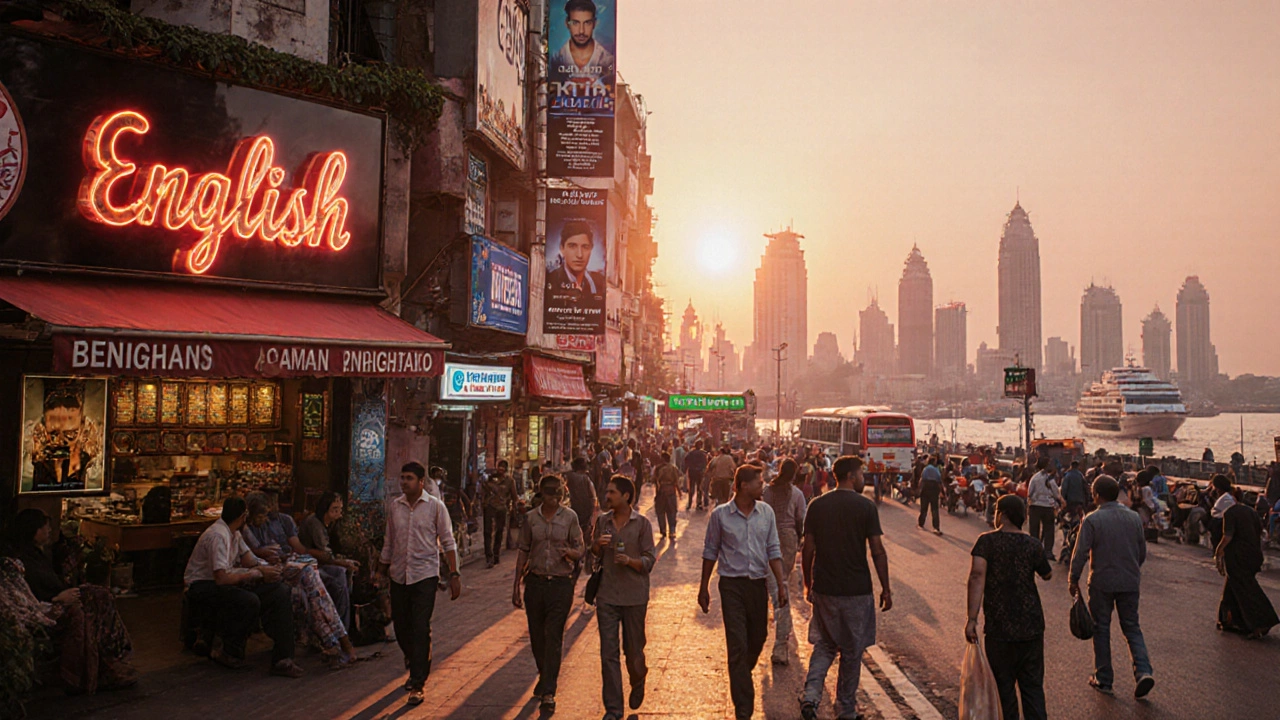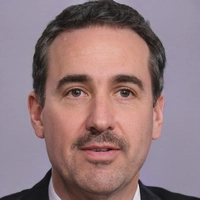
Indian English Fluency Comparison Tool
Select Cities to Compare
How to Use
Select 2-4 cities from the list to compare their English fluency metrics.
- Check the cities you want to compare
- Click the "Compare" button
- View the detailed comparison of English proficiency
English Fluency Comparison
Select at least 2 cities to compare
Key Metrics
Why This Matters
English proficiency directly impacts your ability to find jobs, access services, and communicate effectively in this city.
City Insights
Mumbai is the top city for English fluency due to its financial sector, educational institutions, and historical legacy. The city's media and entertainment industry creates a rich environment for daily English practice.
Ever wondered which Indian metropolis talks the most English? The answer isn’t just a fun fact - it tells you where business deals happen in English, where you’ll hear the language on the street, and which places are hotspots for English‑medium education.
Quick Takeaways
- Mumbai tops the list with the highest proportion of English speakers among Indian cities.
- EF English Proficiency Index (EF EPI) and the 2011 Census are the main data sources.
- Economic opportunities, multinational presence, and historic colonial ties drive Mumbai’s lead.
- Other strong contenders are Delhi, Bangalore, Pune and Hyderabad.
- If you’re moving to an Indian city and want to practice English daily, Mumbai gives you the richest environment.
How English Fluency Is Measured in India
Two sources dominate the conversation about English ability in Indian cities:
- EF English Proficiency Index is an annual ranking that tests reading and listening skills of adults in more than 100 countries. The index publishes sub‑national scores when data are available, giving us city‑level snapshots.
- The Census of India 2011 recorded the number of people who reported English as their first or second language. Though a decade old, it remains the most comprehensive demographic source.
Both sources use slightly different metrics - EF focuses on proficiency, while the Census counts speakers. Combining them paints a fuller picture of where English lives in the country.
Top Indian Cities by English Proficiency
The table below merges EF EPI scores (out of 100) with the percentage of Census‑reported English speakers. Scores are rounded to the nearest whole number.
| City | EF EPI Score | % English Speakers (Census 2011) | Key Drivers |
|---|---|---|---|
| Mumbai | 71 | 37% | Finance, media, Bollywood, multinational HQs |
| Delhi | 68 | 34% | Government institutions, corporate offices, NGOs |
| Bangalore | 66 | 33% | IT parks, startups, research labs |
| Pune | 64 | 30% | Educational hubs, automotive industry |
| Hyderabad | 62 | 28% | Pharma, tech services, government labs |
The numbers tell the same story: Mumbai leads, but the gap to Delhi and Bangalore is narrow. All five cities sit comfortably above the national average of 19% English speakers.
Why Mumbai Holds the Crown
Several historical and contemporary forces push Mumbai ahead of the pack:
- Colonial legacy: As the former capital of British India, Mumbai inherited a robust English‑language education system. Many of its oldest schools still teach in English.
- Financial magnet: The city hosts the Reserve Bank of India, the Bombay Stock Exchange and dozens of multinational banks. English is the lingua franca of finance, so workers quickly adopt it.
- Entertainment hub: Bollywood produces English‑mixed scripts, and media houses operate in English. Actors, directors and journalists keep the language in daily circulation.
- Migration: Talent from across the country arrives seeking jobs. These migrants often bring English‑medium schooling, reinforcing the city’s linguistic mix.
- Higher education: Institutes like the University of Mumbai, IIT Bombay and several private universities run English‑medium programs, feeding a steady stream of English‑fluent graduates.
All these factors create a self‑reinforcing loop: businesses demand English, schools teach English, and the city’s culture celebrates it.

What the Numbers Mean for Residents and Visitors
If you live in or travel to Mumbai, you’ll notice English on menus, signboards, public transport announcements and in most professional settings. Here’s how that reality plays out in everyday life:
- Job market: Even entry‑level roles often list English proficiency as a requirement. Knowing English widens your options dramatically.
- Social interactions: Young professionals and students switch effortlessly between Hindi, Marathi and English. In cafés and coworking spaces, you’ll hear “Hey, can you share that document?” more often than in other Indian cities.
- Healthcare: Major hospitals employ English‑speaking doctors and nurses, easing communication for non‑Hindi speakers.
- Public services: The Mumbai Metro app, city websites and tourism brochures are available in English, reducing language barriers for newcomers.
By contrast, in cities where English share hovers around 20‑25%, you’ll still find pockets of English usage, but the overall environment feels less anglophone.
How to Boost Your English While Living in an Indian City
Whether you’re a student, a professional or a traveler, you can turn the city’s language landscape into a personal learning lab:
- Enroll in an English‑medium college or short‑term course: Institutions like Symbiosis International University offer evening classes focused on business English.
- Join meet‑ups: Platforms such as Meetup.com list “English Conversation” groups in Mumbai, Delhi and Bangalore. Regular practice with native‑speakers sharpens fluency.
- Use public libraries: The Asiatic Society Library in Mumbai holds English newspapers, magazines and audiobooks you can borrow for free.
- Watch local English‑language media: Channels like NDTV and Times Now broadcast news in clear, standard English. Subtitles help bridge gaps.
- Volunteer for NGOs: Many NGOs serving migrants need volunteers who can communicate in English and regional languages, giving you a purpose‑driven practice environment.
Even if you’re not in Mumbai, the same steps apply in Delhi or Bangalore, where English ecosystems are just a little smaller but still vibrant.
Frequently Asked Questions
Which Indian city has the highest percentage of English speakers?
According to the 2011 Census and the latest EF English Proficiency Index, Mumbai leads with about 37% of its population reporting English as a first or second language.
How reliable are the EF English Proficiency Index scores for Indian cities?
EF EPI bases its scores on standardized reading and listening tests taken by thousands of adults. While it’s not a perfect measure of everyday conversation ability, it provides a consistent benchmark for comparing cities.
Is English used in everyday street life in Mumbai?
Yes. You’ll hear English on buses, in markets, on train announcements and in most service‑industry interactions. The language coexists with Marathi and Hindi.
Do other Indian cities rival Mumbai’s English proficiency?
Delhi and Bangalore are close runners‑up, each with EF scores in the mid‑60s and roughly one‑third of residents reporting English knowledge. Pune and Hyderabad also rank high, especially in professional circles.
Can I improve my English without moving to a big city?
Absolutely. Online courses, virtual conversation clubs, and regional English‑medium schools deliver comparable exposure. However, living in a city where English traffic is dense speeds up immersion.
